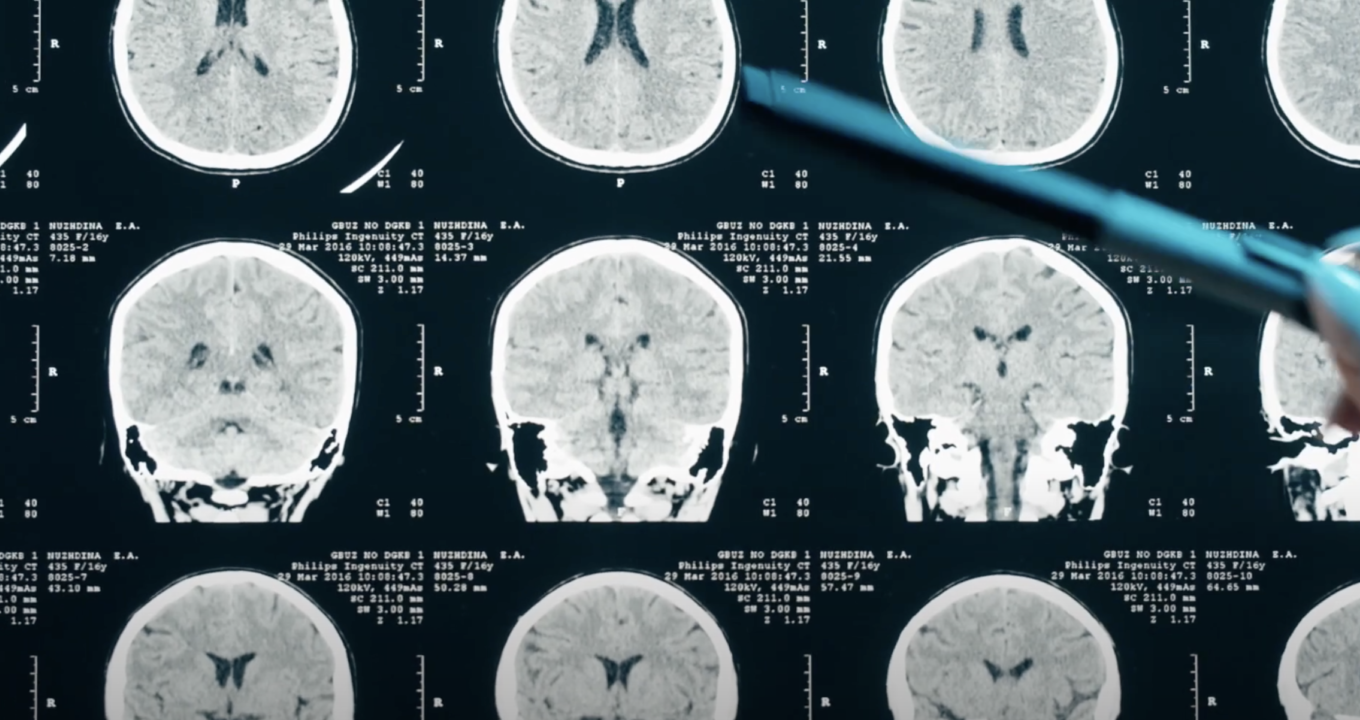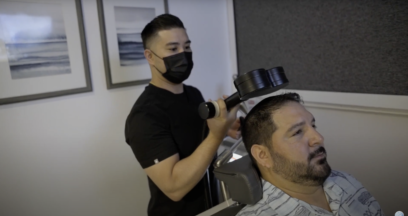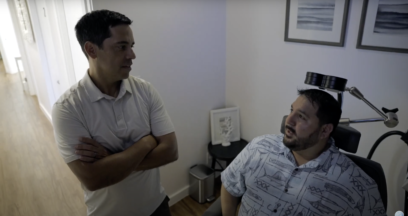
The Brain Health Hawaii Approach
Brain Health Hawaii offers clinically-proven results by addressing symptoms at their root causes, with improvements often seen as early as one to two weeks after treatment begins.
What Is a Concussion?
A concussion is a mild brain injury that disrupts normal brain function. It’s often caused by mechanical forces—commonly from car accidents, sports collisions, falls, or blast wave exposures—that stretch and micro-damage brain cells. Contrary to outdated beliefs, you don’t need to lose consciousness to have a concussion. The most frequent causes involve acceleration-deceleration forces that whip the head and neck, causing the brain to slide within the skull.
Acute Symptoms and Underrecognized Long-Term Effects
Common immediate symptoms include:
- Disorientation
- Dizziness
- Head pressure
- Light sensitivity
- Long-term effects may persist for months or even years, including:
- Fatigue
- Irritability
- Attention and memory issues
- Depression and anxiety
- Headaches
A history of concussion significantly increases the risk for mood disorders and neurodegenerative diseases later in life.
The Brain’s Response to Concussion: A Cascade of Change
Concussion sparks a complex neurobiological chain reaction:
- Mechanical Disruption: Forces create imbalance and membrane porosity.
- Neurometabolic Cascade: Ion shifts (potassium, calcium), neurotransmitter imbalances (glutamate, GABA), and energy demands increase.
- Energy Crisis: The brain requires more glucose as metabolism spikes.
- Blood Flow Dysregulation: Triphasic flow patterns affect key brain regions.
- Axonal and Cytoskeletal Injury: Microstructural damage alters brain signaling.
- Neuroinflammation: Cytokine release and microglial activation can persist for months or years.
- Blood-Brain Barrier Disruption: Long-term permeability changes reflect ongoing injury.
Beyond Symptoms: The Challenge of Detecting Concussion
Standard anatomical imaging often fails to detect these subtle, diffuse changes. Advanced neuroelectric and functional techniques are more effective at identifying the true impact of a concussion.
Subclinical Traumatic Brain Injury (TBI)
Subclinical TBIs, formerly called “sub-concussive impacts,” are relatively symptomless blows that still cause physiological brain changes. Repeated subclinical TBIs reduce brain resilience and are associated with cumulative damage, especially when combined with concussions.
Chronic Traumatic Encephalopathy (CTE)
CTE is a progressive, degenerative brain disease from repeated head trauma. Though diagnosed post-mortem, advanced imaging (e.g. SPECT) can suggest CTE during life. Symptoms may include:
- Memory loss
- Poor judgment
- Mood changes
- Aggression
- Dementia
Second Impact Syndrome (SIS): A Medical Emergency
A second concussion before full recovery can lead to severe brain swelling and even death. This underscores the importance of proper assessment, treatment and recovery after head injury.
How Brain Health Hawaii Leads in Concussion Recovery
Functional Brain Mapping and Personalized Treatment
We use advanced brain mapping and neuroelectric biomarkers to identify:
- Functional impairments in the brain associated with cognition, emotion, sensory processing, and planning
- Disrupted electrical activity
Each concussion is unique. That's why we use biosignatures and neuroelectric data to gain a deeper understanding and develop personalized treatment plans.
Why Early Intervention Matters
Timely, personalized brain care:
- Reduces risk of chronic symptoms and disability
- Improves quality of life
- May reduce the future risk of neurodegeneration and CTE
Clinical Results and International Recognition
Brain Health Hawaii has become a global destination for patients seeking relief from persistent concussion symptoms—with 80-90% response rates in both children and adults.





Success Story Spotlight
After the first two weeks, I noticed the irritability definitely slightly going down. I noticed my sleep was getting better, not the foggy feeling that I was getting in the morning. Within about four week time period, I was more energetic and able to multitask again.
— Matthew Curlee, Veteran, United States Army



